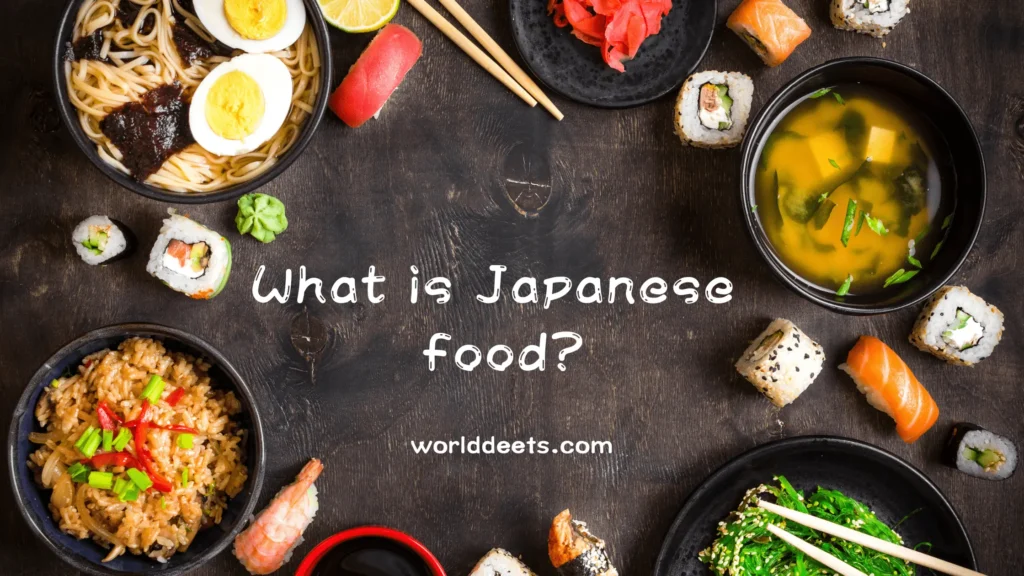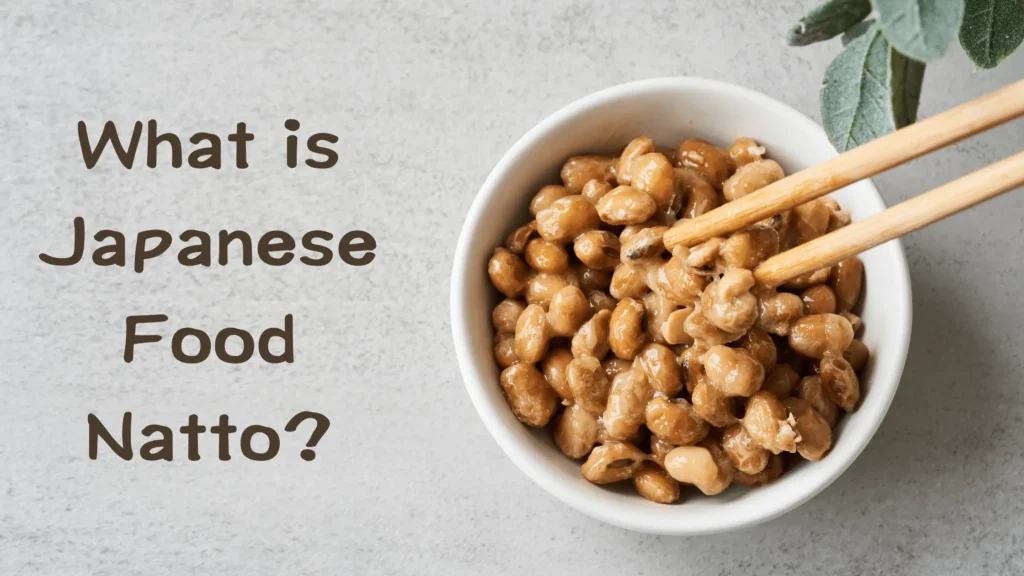What is Japanese Food | Knowing the Heart of Food

What is Japanese Food?
Japanese food, known for its precision, balance, and exquisite flavors, is a journey for the senses. As one of the greatest culinary traditions in the world, its distinctive and varied food has gained a well-earned reputation. In this blog post, we embark on a gastronomic adventure to unravel the essence of Japanese food, a cuisine that goes far beyond sushi and sashimi. Join us as we delve into the art of Japanese cooking, the delicate balance of ingredients, and the rich tapestry of dishes that make it a global favorite.
The Essence of Japanese Food
Meticulous Preparation
Precision is key in Japanese cooking. Each ingredient is treated with respect, and every dish is meticulously prepared to bring out its natural flavors. This emphasis on craftsmanship is evident in the way ingredients are sliced, diced, and presented with artistic precision.
Fresh and Seasonal
The concept of “shun” or seasonality is central to Japanese cooking. It entails using seasonal ingredients to ensure the most flavorful and fresh dishes. This method not only enhances flavor but also encourages sustainable and local food production.
Umami
A key component of Japanese cuisine is umami, the fifth taste experience. Umami-rich ingredients like dashi (a stock made from kombu and bonito flakes) and miso paste contribute to the savory depth and complexity of Japanese dishes.
Diverse and Iconic Dishes
Sushi
While sushi is the crown jewel of Japanese cuisine, it comes in various forms. Nigiri, sashimi, and maki offer a spectrum of experiences. Sushi is a beautiful fusion of vinegared rice, fresh seafood, and other ingredients, often enhanced with pickled ginger and wasabi.
Tempura
Tempura presents a crispy, light, and delicate approach to frying. It involves seafood, vegetables, and even sweet potatoes coated in a lacy batter and quickly fried to perfection.
Ramen
RVariations exist among the hearty noodle soup known as Ramen. It features wheat noodles in a rich, flavorful broth, often accompanied by toppings like pork, seaweed, and a soft-boiled egg.
Okonomiyaki
A savory pancake packed with cabbage and fish is known as okonomiyaki. It’s a versatile and savory snack that’s frequently topped with a tangy sauce and mayonnaise.
Hibachi
Hibachi food is more than just a meal; it’s a culinary adventure filled with sizzling excitement. Many of us have witnessed the mesmerizing theatrics of a hibachi chef expertly grilling and flipping ingredients on a hotplate while creating a feast before our eyes. But do you really know what is hibachi food?
Teppanyaki and Yakitori
Teppanyaki involves cooking food on an iron griddle while entertaining dinners with tricks. Yakitori, on the other hand, features skewered and grilled chicken (and more) seasoned to perfection.
Donburi
Donburi, or rice bowls, offer a quick and satisfying meal with various toppings such as simmered beef, chicken, or breaded pork cutlets.
Cultural Significance
Japanese food is more than just a source of nutrition; it is profoundly embedded in the culture. Traditional tea ceremonies, kaiseki (a multi-course meal), and seasonal festivals are moments where food and culture seamlessly blend.
What is Japanese Food Natto?

Japanese cuisine is renowned for its diverse and unique range of flavors and ingredients. Among these, natto stands out as a quintessentially Japanese dish that is both loved and loathed by those who try it. Traditional Japanese fare is composed of fermented legumes, and natto is an essential component of Japanese breakfasts. We’ll explore what natto is, how it’s made, and its cultural significance in Japan.
What is Natto?
Natto is a dish made by fermenting soybeans with Bacillus subtilis var. natto, a type of bacteria. A sticky, slimy consistency and a flavor that are distinct and acquired characteristics of the resulting food may be repulsive to some. Natto has a strong, pungent aroma, often described as being somewhat like old cheese or, less appetizingly, dirty socks. Despite its unusual qualities, natto has been enjoyed in Japan for centuries and is considered a healthy and nutritious food.
How is Natto Made?
The process of making natto is relatively straightforward. Soybeans are first cooked until they are soft and then mixed with the natto bacteria, which kickstarts the fermentation process. The mixture is left to ferment for a day or two at a warm temperature, typically around 40°C (104°F). During this time, the bacteria produce the characteristic slimy texture and give natto its unique flavor. After fermentation, the natto is cooled and aged for a few more days to develop its full flavor.
Cultural Significance
Natto has a long history in Japan, with its origins dating back to at least the Heian period (794 -1185 AD). Over the centuries, it has become a significant part of Japanese cuisine and culture. Despite its divisive taste and texture, natto is beloved by many in Japan and is often eaten as a breakfast dish. It is typically served over rice and garnished with condiments like soy sauce, mustard, and green onions.
Natto is also known for its potential health benefits. It is a good source of protein, vitamins, and minerals, and it contains a unique enzyme called nattokinase, which is believed to have some positive effects on blood clotting and cardiovascular health. This has led to natto being considered a “superfood” by some.
Love It or Hate It
Natto is a prime example of a food that is an acquired taste. Many foreigners who try natto for the first time find its smell and slimy texture challenging to overcome. However, it’s essential to remember that culinary preferences are highly subjective, and what some may dislike, others passionately enjoy. If you’re an adventurous eater or want to fully embrace Japanese cuisine, natto is certainly worth a try. It might just become one of your newfound culinary delights.
Wrapping Up
Japanese cuisine’s precision, harmony, and flavor delight the palate. In addition to sushi and sashimi, Japanese cuisine is defined by careful preparation, freshness, and umami-rich ingredients. From sushi to ramen, tempura to okonomiyaki, Japanese cuisine is versatile and deep. Tea ceremonies and kaiseki banquets show how food and culture are deeply intertwined in Japanese culture.
Natto, fermented soybeans, represents Japanese cuisine’s unique and occasionally contentious nature. The slimy texture and unpleasant smell may turn off non-Japanese, although many prefer it in breakfasts. Natto illustrates Japan’s complex interaction between cuisine, culture, and health, with a lengthy history and potential health advantages. Whether you like it or not, natto represents the variety and acquired flavors that make Japanese food so exciting and ever-changing. If you’re adventurous, try natto—it may become one of your new favorite Japanese foods.






